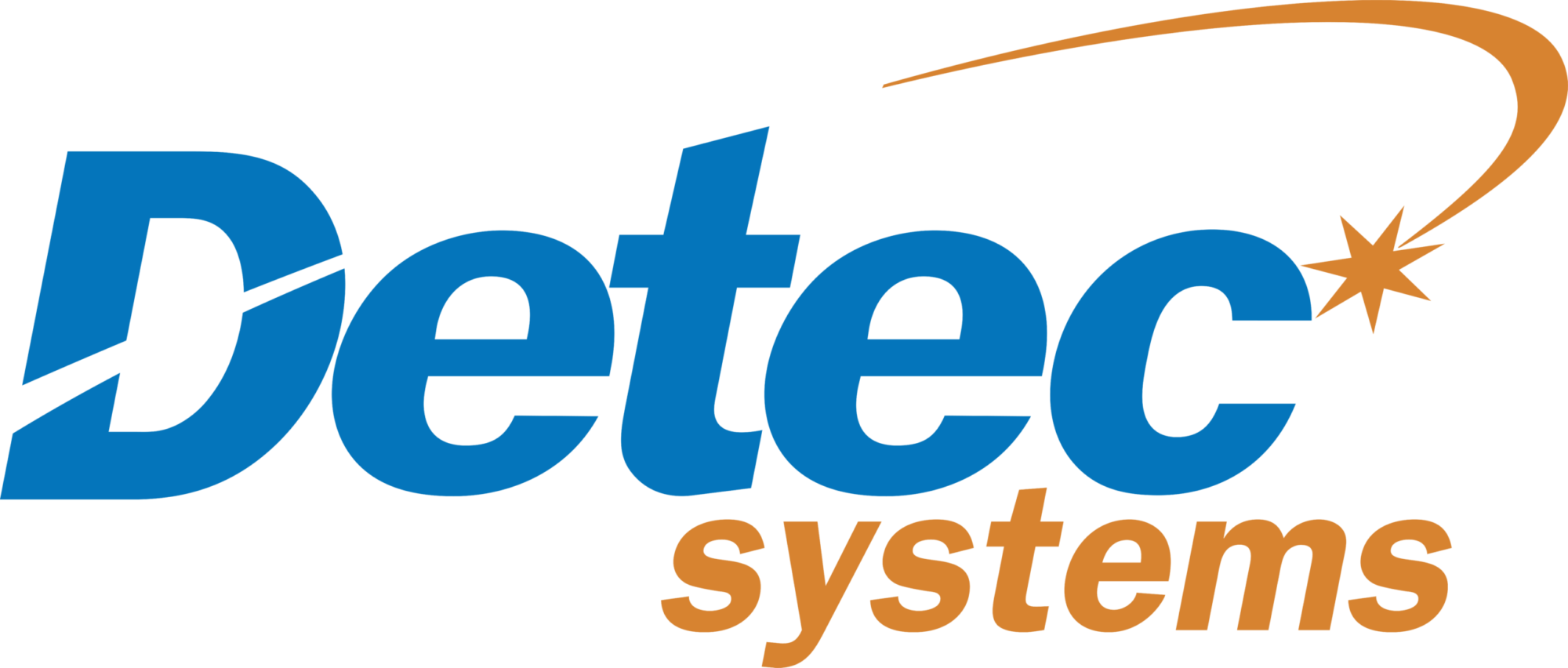A: ASTM Guide D7877 (sections 4.4 & 5.5) states that the substrate directly/immediately below the membrane must be conductive. A conductive substrate is a basic requirement for all 4 electronic testing methods (scanning platform, vertical roller, vector mapping, high voltage). A testing agency that places a conductive medium anywhere other than directly below the membrane is not in compliance with either ASTM Guide D7877 or Practice D8231, and is performing invalid ELD testing.
Most membrane manufacturers do not approve the vector mapping grid (aka VMG or wire mesh) conductive medium to be installed directly under the membrane. This typically results in the incorrect placement under the coverboard or insulation. The accuracy of the electronic test depends on water penetrating a breach in the membrane, saturating the substrate below the membrane and contacting the wire mesh. This must take place at all breach locations. If water does not have the continuous path from the top of the membrane to the wire mesh, then the breach will be missed.
Detec’s TruGround is the preferred conductive medium by manufacturers and contractors. TruGround is approved for proper placement directly below the membrane. It not affect adhesion or compatibility, is easier to install and can be applied to verticals and transitions. TruGround is compatible with fully adhered, torch down, mechanically fastened, loosely laid and fluid applied applications. TruGround is also the only FM approved conductive medium.
As described in the ASTM Standard Practice D8231-19, Electronic Leak Detection (aka Electronic Breach Detection) requires a conductive substrate directly below the membrane for a valid test. It is vital that membrane manufacturers, building owners, architects, consultants, roofers and waterproofers know what’s required for a valid ELD test. Click here for a technical note regarding improper placement of the conductive medium for ELD.
